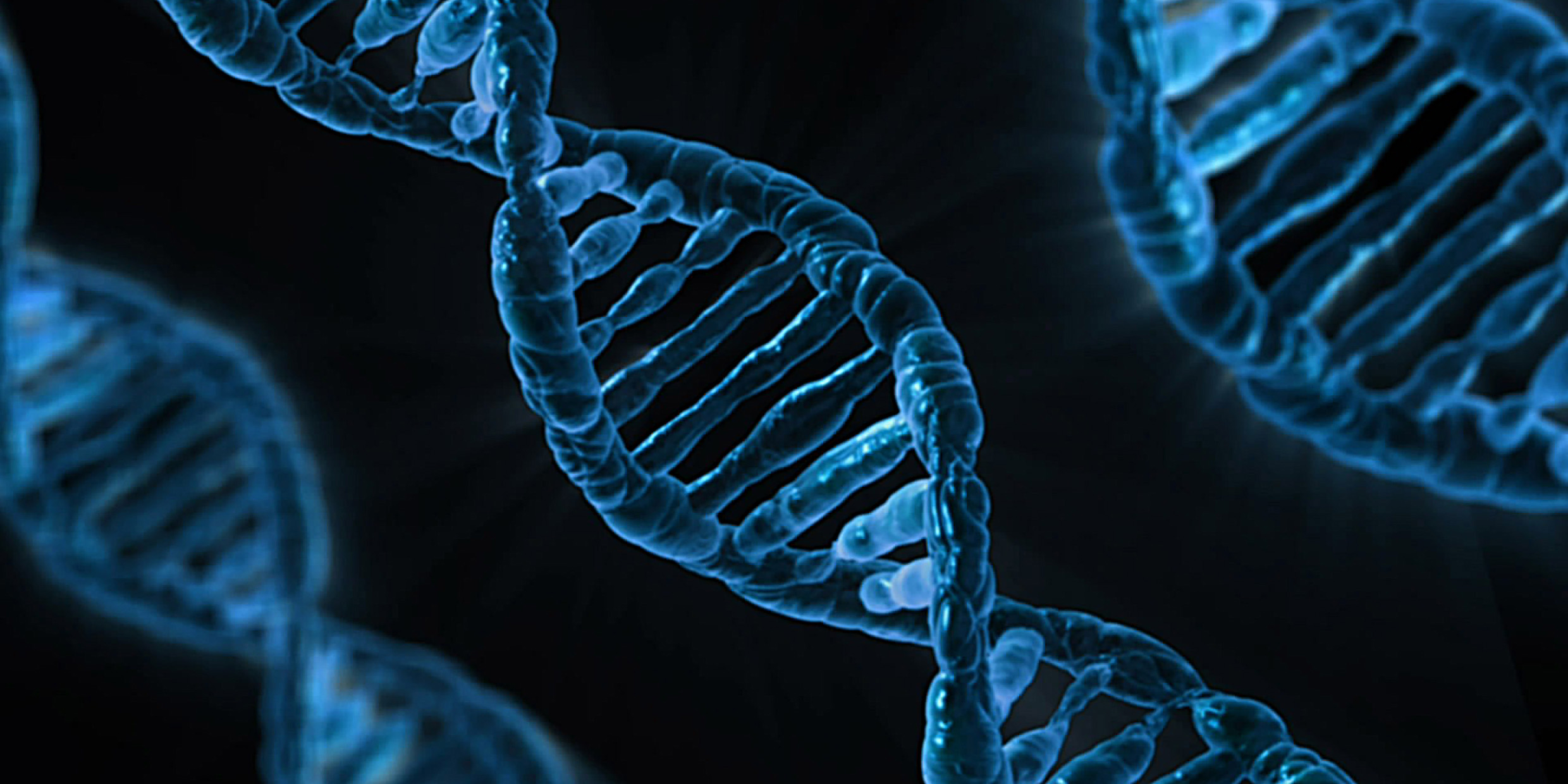Originally published 29 September 1986
“Who am I?” It is the oldest question in philosophy. Socrates asked it. Descartes asked it. Philosophers today are still asking it. And science may be on the verge of breakthroughs that will change forever the way we understand the question.
There are two parts of the self currently open to scientific scrutiny. The first was there at the beginning, genetically encoded in that first cell that would become me—Homo sapiens, male sex, white skin, brown eyes, a tendency to baldness in middle age. The second part is the treasury of experiences stored in memory — songs heard, visions seen, tastes, smells, pleasures, traumas — available for recall and association. These things together help make the creature that is uniquely “I.”
There is growing excitement in the scientific community about the possibility of elucidating more completely both parts of the self.
Biologist Francis Crick once estimated that if the biochemical instructions for building a human could be placed into 500-page recipe books, more than 1000 volumes would be required. That much information is contained in every human cell, on molecules known as DNA. A DNA molecule has the form of a spiral staircase. Each step on the stairway is a chemical unit called a nucleotide. On the human DNA there are 3 billion steps. It is the sequence of the nucleotides along the stairway that makes up the code of life.
In recent years molecular biologists have invented techniques for determining the sequence of nucleotides on segments of DNA. Some biologists are now urging a program to provide a complete transcription of the human DNA. The task would be staggering. With current technology it would require tens of thousands of person-years and more than a billion dollars. In a few years time the development of automated sequencing techniques will make the task more manageable. It now seems inevitable that some time within the next decade the entire sequence of 3 billion nucleotides on the human DNA will be known. That’s a thousand times more chemical units than there are letters in this newspaper.
Blueprint for a human being
The human genetic code, once unraveled, will be stored in a huge computer data bank. It will be available to researchers in medicine, genetics, and evolutionary biology. It will be — literally — a complete chemical blueprint for a human being.
Meanwhile, researchers in psychology, behavioral neuroscience, and neurobiology, along with workers in the computer-related discipline of artificial intelligence, are gaining a deeper knowledge of the biochemical basis of memory.
Progress has been rapid on several fronts. First, researchers have identified certain permanent structural and chemical changes that take place in brain cells (neurons) when learning occurs. Memory involves the modification of vast networks of interconnected cells. Progress has been made in localizing the networks in the brain that are associated with different types of learning. Finally, electronic and mathematical simulations of memory networks are clarifying how memory works in the brain, and bringing closer the day when machines will be able to learn and remember in much the same way we do.
The task of mapping the biochemical basis of memory will be even greater than that of sequencing the human DNA. There are 9 billion neurons in the human brain, and the connections between them are of astounding complexity. Nevertheless, many scientists believe that the study of the neurological basis of learning and memory is entering a golden age of rapidly-accelerating knowledge.
And when we have a complete map of the human genetic material, and a map of memory networks in the brain, will we know the self? Will the self be defined by a list of symbols in a recipe book of ten thousand volumes? Will we point to a computer data bank and say “This is who I am”?
Some philosophers will have no trouble with the notion that the self can be defined biochemically. Others will hold that a biochemical definition of the self is simplistic and excessively reductionist. All will agree that the human self is a thing of immense complexity and subtlety which for a long time (perhaps forever) will challenge our full understanding.
But the gene maps and memory maps will be made. They will advance our knowledge of ourselves. They will help us find cures for disorders of body and mind. They will open up potential futures full of promise and danger. And no philosopher who is interested in that oldest of philosophical questions can afford to ignore these remarkable developments in science.
The 21st century has given us a map of our DNA and the completion of the Human Genome Project, as well as stunning advances in Artificial Intelligence and Machine Learning. But are we any closer to answering the oldest question? ‑Ed.



